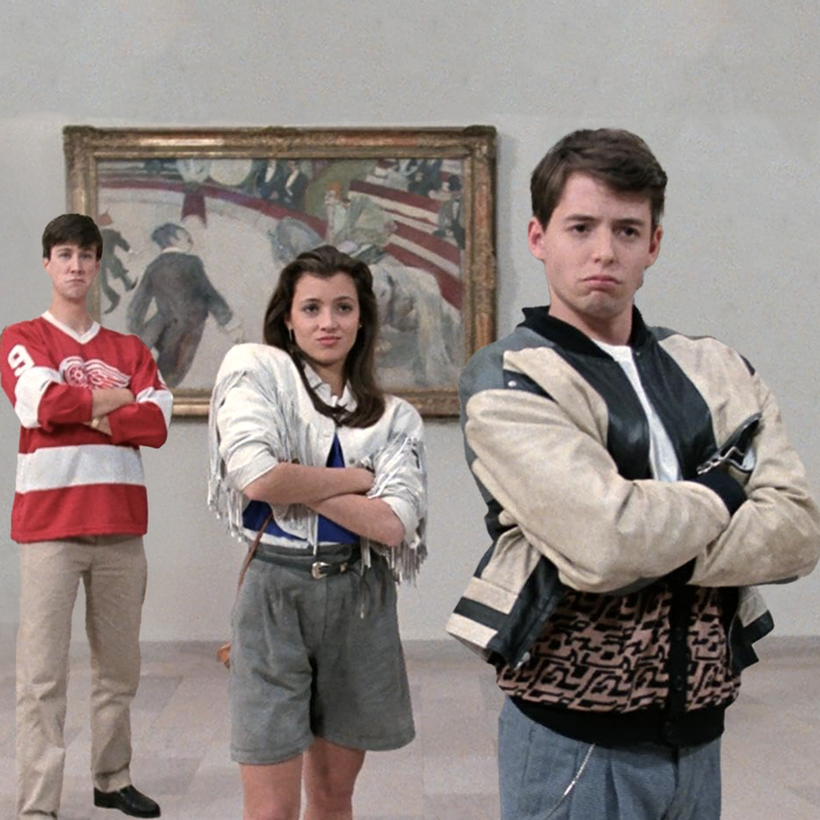Like all the best participatory journalists, Bianca Bosker has a flair for sticking her nose where it is not necessarily wanted.
In 2017’s best-selling book Cork Dork: A Wine-Fueled Adventure Among the Obsessive Sommeliers, Big Bottle Hunters, and Rogue Scientists Who Taught Me to Live for Taste, Bosker infiltrated the world of elite sommeliers to try and discover what makes fine wine such a big deal. Now she has decided to turn a similarly exacting lens on the American art world in Get the Picture: A Mind-Bending Journey Among the Inspired Artists and Obsessive Art Fiends Who Taught Me How to See.
Bosker, who painted obsessively as a child, began her latest quest after re-discovering a watercolor of three skipping carrots that her paternal grandmother, a Holocaust survivor, had made in her 80s and kept hung above her kitchen table until she died. “The carrots stirred up an idea,” Bosker writes. “What if art could stop the walls from closing in?”
Soon she became absorbed by the idea of finding out how to develop an eye for art in all its guises, a way of seeing that would help her to appreciate everyday life in a new light, and an understanding of why humans have filled their lives with art practically from the dawn of time. But when Bosker began to reach out for input, she abruptly discovered a world as opaque as it was paranoid. “Honestly, any little thing could just end me,” one owner of “a virtually unknown gallery” told Bosker, while also begging that he remain anonymous.
“What if art could stop the walls from closing in?”
As a journalist intent on pulling back the curtain on such an insular universe, Bosker immediately found herself with a target on her back. “I came to see that the art world’s strict omertà veiled something more sinister than I’d realized,” Bosker writes.
After landing an assistant-intern job for an up-and-coming New York gallerist, she began “to poke around, curious to hear what assistant-interns at other galleries had been through.” Horror stories abounded, including one from an intern who described a state of “literal slave labor,” having to work 18-hour days for a 37-day stretch and being able to afford only a packet of ramen noodles by raiding the gallery’s change jar.
Bosker also refers to an interview with an accountant who describes working for an art gallery as “‘a princess business’ since profits are so iffy, it’s best you came from inherited wealth.” Meanwhile, she notes that while Black artists are still under-represented at American galleries, Black gallerists are even rarer. According to a recent New York Times report that Bosker cites, out of 176 gallerists who belonged to the Art Dealers Association of America, only 1 was Black.
“I came to see that the art world’s strict omertà veiled something more sinister than I’d realized.”
After leaving her intern job, Bosker, who invariably exudes bonhomie and a welcome dose of self-deprecating wit, landed another job, assisting the French Brooklyn-based artist Julie Curtiss.
Besides learning how to stretch a canvas and prime it using gesso, Bosker finally begins to get a handle on the question of what makes a work of art good or bad. “Julie had this openness to being moved by things she saw, read and watched that made me feel as if I’d been experiencing culture through ear muffs and an eye mask,” Bosker writes. The idea that having “good” taste need not be something inflexible with rigid parameters helps her to move away from simply appreciating art to enjoying it instead.
Bosker also has a go hawking art at Art Basel Miami Beach, co-curates an exhibition in Hong Kong, and even takes some art-history classes to help demystify the creative process.
But it is a stint as a security guard at the Guggenheim Museum that finally gives Bosker the art education she has been looking for. “I got to know the artworks as intimate acquaintances, with their own personalities, instead of as a string of memorized words attached to somebody else’s judgements,” she writes. “Now, whenever I saw new pieces by Beuys or Brancusi they fit into a context that I’d created myself.”

Tobias Grey is a Gloucestershire, U.K.–based writer and critic, focused on art, film, and books


